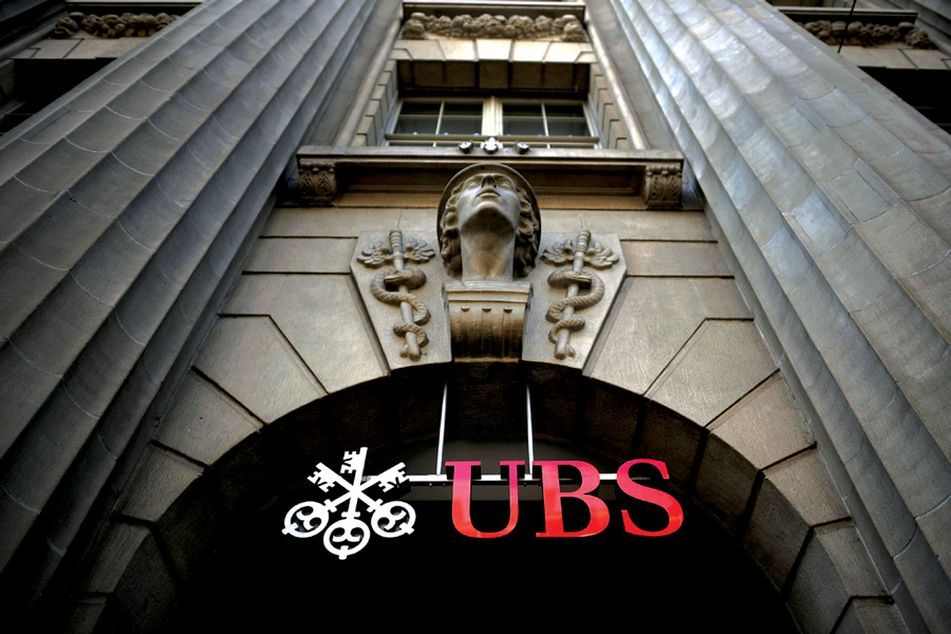UBS joins Credit Suisse in focus on lowest ranks of wealthy
 1
1
Clients in Switzerland with between $500,000 and $5 million in assets will fall under a new coverage model that uses more tech, fewer human interactions, according to a memo
UBS Group plans to offer scaled-back services to a broader group of wealthy clients, joining Credit Suisse Group in changing how it targets the lowest ranks of the rich.
Starting early next year, clients in Switzerland who have between $500,000 and $5 million in assets will fall under a new coverage model that uses more technology and fewer human interactions, Christine Novakovic, the head of wealth management in Europe, the Middle East and Africa, told employees in a memo. Previously, clients with more than $2 million were in a different bracket where they automatically had a personal adviser.
Customers with up to $5 million are “one of our most important client groups,” Ms. Novakovic wrote in the memo, which was seen by Bloomberg. “Client data and surveys show that above the $5 million threshold, client needs begin to change.”
The move underscores wealth managers’ increasing focus on the not yet fabulously rich to boost profitability. Cross-town rival Credit Suisse, the second-largest private bank in Switzerland after UBS, is setting up a special unit for the least rich in its international wealth business, a wager that they can be more profitable for the bank than its billionaire clients.
That client group is a prime target for automation and cost cuts as margins in wealth management have come under threat from cutthroat competition. While the upper ranks of the rich often require bespoke services — for instance because they own companies or work with their own family offices — the less wealthy typically demand less complex products.
[Recommended video: Fidelity’s Mike Durbin: Industry needs to create an engaging and personalized experience]
Lowest ranks
Until now, the lowest ranks of private banking clients at UBS were those with assets of $500,000 to $2 million. The new setup will effectively expand that group by bumping down clients from the next higher bracket, the high net worth group of customers with up to $100 million in assets.
Clients who are being moved lower aren’t automatically given an adviser, but they still have access should they need it, according to a person familiar with the matter.
The shift comes after two internal studies over the last few months showed that clients with assets between $2 million and $5 million behave more like clients in the lower segment than high net worth clients. They use more online services rather than client advisers and don’t make use of sophisticated products and service offerings, the person said, asking not to be identified in discussing internal information.
At Credit Suisse, the new head of international wealth management, Philipp Wehle, has begun asking relationship managers to consider moving clients with assets of around 20 million francs ($20 million) or less to a newly created private banking international subdivision, people with knowledge of the matter have said. The unit will combine digital money management tools and quicker account opening to boost profit, they said.
Mr. Wehle took over as head of international wealth management after the departure of star banker Iqbal Khan, who joined UBS as co-head of its wealth management unit.
[More: Goldman Sachs: New big kid on the block]
Learn more about reprints and licensing for this article.








